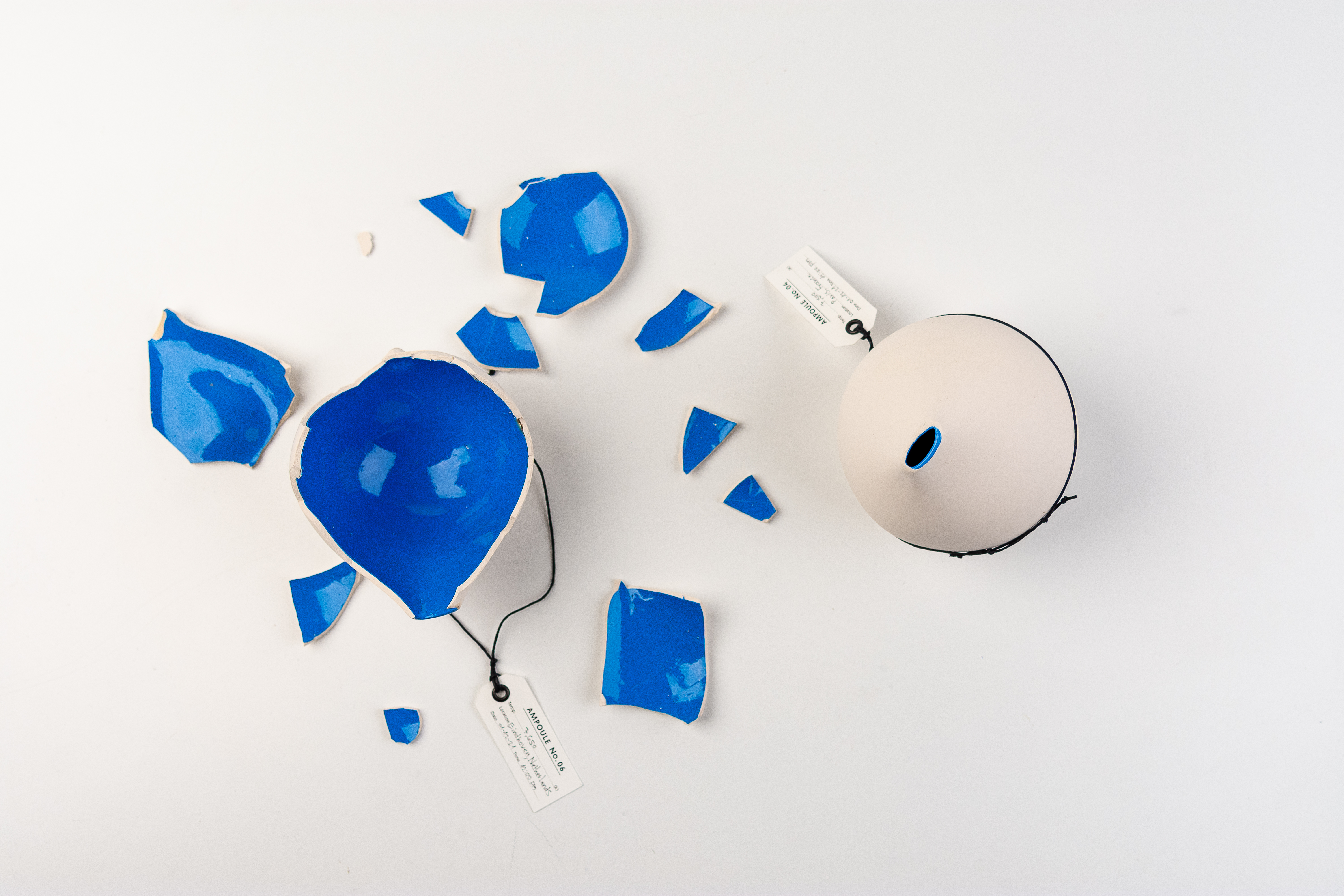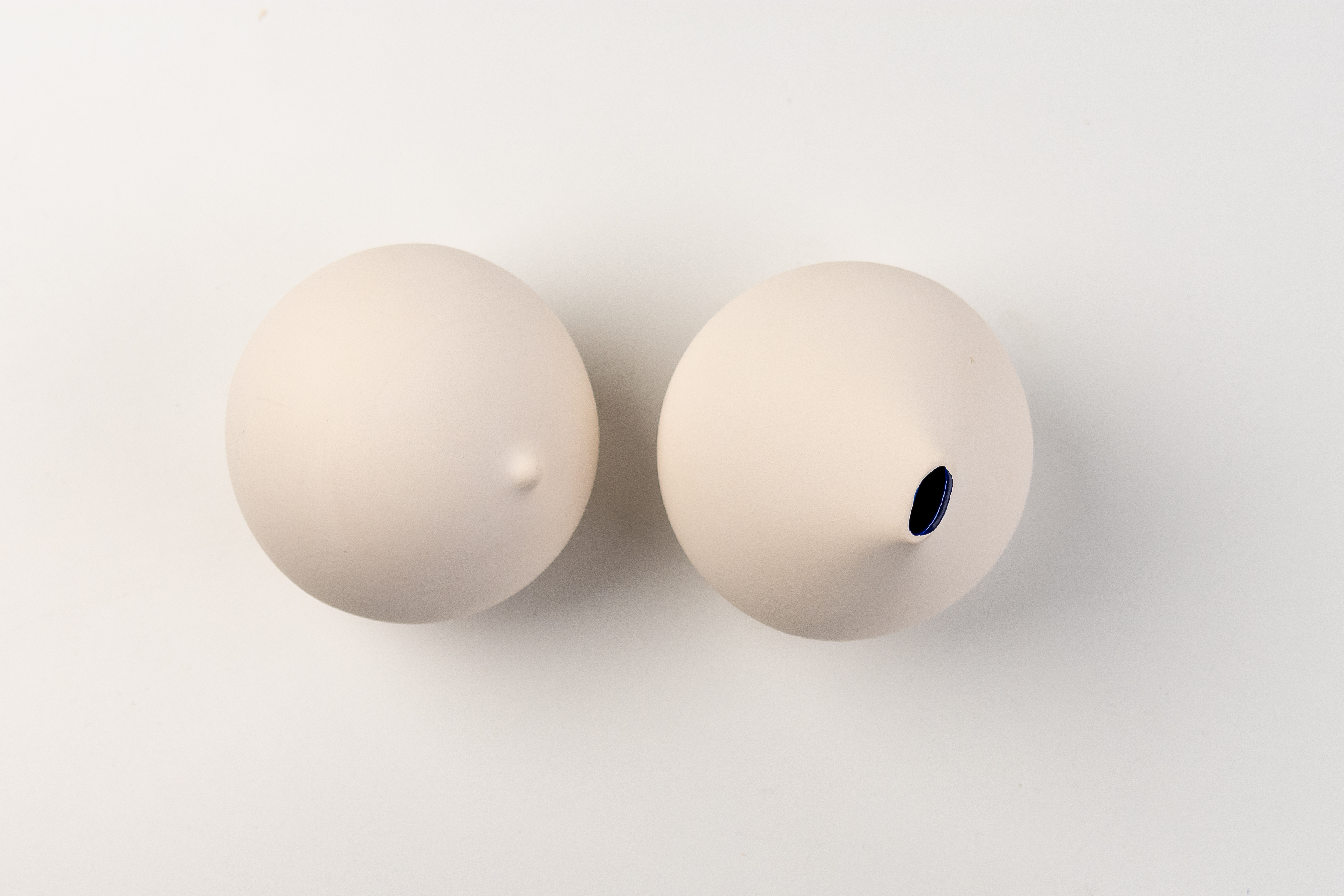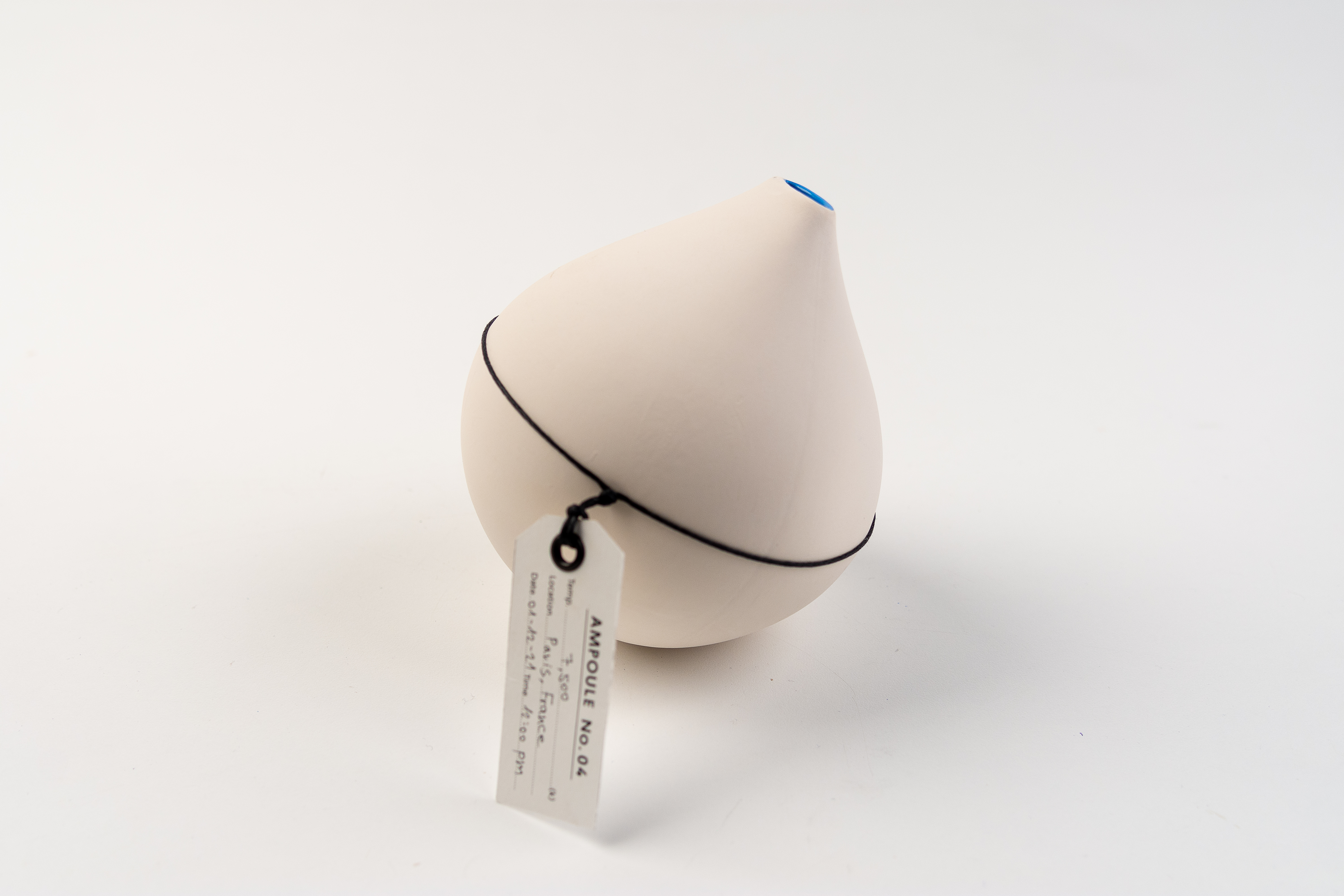[1000 Hours]
1000 Hours explores the role of design in the relationship between producers and consumers through a material and historical investigation of the lightbulb and its lifecycle. Through the materiality of daylight, the project opposes planned obsolescence, first introduced in 1924 by the so-called Phoebus Cartel—a global-scale supervisory body for lightbulb production, founded by the leading lightbulb manufacturers of the time.



In 1924, with the development of technology and industry, the incandescent lightbulb became highly efficient and durable—which led to a dramatic drop in sales. In December of the same year, representatives of the 10 leading lightbulb manufacturers gathered in Geneva and founded the Phoebus Cartel—a global-scale supervisory body for lightbulb production. Together, the cartel members engineered a lightbulb with a relatively short life span—1000 hours—a sharp reduction from 2000 hours that had previously been common. By doing so, the cartel formulated a new industrial strategy now known as “Planned Obsolescence”, which serves the economic interests of manufacturers while exploiting valuable natural resources.
Although the cartel lasted only until the 1930s, the legacy of planned obsolescence still remains a widespread strategy used by brands and companies worldwide. Today, life-shortening manipulations are becoming more and more sophisticated and harder to detect. By that, the lightbulb became not only a symbol of innovation and technological development but also of the misuse of design—serving the economic interests of manufacturers and thus dictating the relationship between consumers and their products, ensuring continuous consumption.
Although the cartel lasted only until the 1930s, the legacy of planned obsolescence still remains a widespread strategy used by brands and companies worldwide. Today, life-shortening manipulations are becoming more and more sophisticated and harder to detect. By that, the lightbulb became not only a symbol of innovation and technological development but also of the misuse of design—serving the economic interests of manufacturers and thus dictating the relationship between consumers and their products, ensuring continuous consumption.
As a counteraction to this strategy, the project seeks to bring the power back to the hands of the consumer, using 10 ceramic vessels that act as ampoules for preserving daylight—a term used in the lighting industry to describe the color temperature of midday light. Each ampoule contains a specific daylight color glaze, sampled from each of the cartel’s member countries. For the hues to be seen—like a piggy bank—the ampoules must be broken. Additionally, the project further explores the materiality of daylight through a frame-by-frame animation assembled from 35 cyanotype prints—a photographic printing technique that uses UV-sensitive chemicals—unfolding the story of household bulbs.




